-
 Bitcoin
Bitcoin $76,444.7530
-3.77% -
 Ethereum
Ethereum $1,473.8355
-5.46% -
 Tether USDt
Tether USDt $0.9991
-0.08% -
 XRP
XRP $1.7965
-5.51% -
 BNB
BNB $553.4919
-0.36% -
 USDC
USDC $0.9999
-0.02% -
 Solana
Solana $105.2981
-1.74% -
 TRON
TRON $0.2303
0.81% -
 Dogecoin
Dogecoin $0.1422
-4.62% -
 Cardano
Cardano $0.5587
-4.41% -
 UNUS SED LEO
UNUS SED LEO $8.9866
1.01% -
 Toncoin
Toncoin $2.9933
-4.74% -
 Chainlink
Chainlink $10.9113
-4.81% -
 Stellar
Stellar $0.2215
-4.76% -
 Avalanche
Avalanche $16.1163
-3.29% -
 Sui
Sui $1.9371
-3.89% -
 Shiba Inu
Shiba Inu $0.0...01065
-6.69% -
 Hedera
Hedera $0.1469
-3.29% -
 MANTRA
MANTRA $6.2058
-1.53% -
 Dai
Dai $1.0000
0.01% -
 Bitcoin Cash
Bitcoin Cash $269.3457
-2.08% -
 Polkadot
Polkadot $3.3773
-5.87% -
 Litecoin
Litecoin $69.2204
-2.50% -
 Ethena USDe
Ethena USDe $0.9986
-0.01% -
 Bitget Token
Bitget Token $4.0180
-3.25% -
 Pi
Pi $0.5649
-4.50% -
 Hyperliquid
Hyperliquid $11.1928
-2.80% -
 Monero
Monero $195.3885
-4.41% -
 OKB
OKB $50.9235
-0.59% -
 Uniswap
Uniswap $4.7688
-6.95%
How does NFT Generative Art create art through algorithms?
NFT generative art uses algorithms, defined by artists, to create unique digital artworks, each verifiable as an NFT, offering a new creative medium blending code and art.
Mar 03, 2025 at 12:19 am
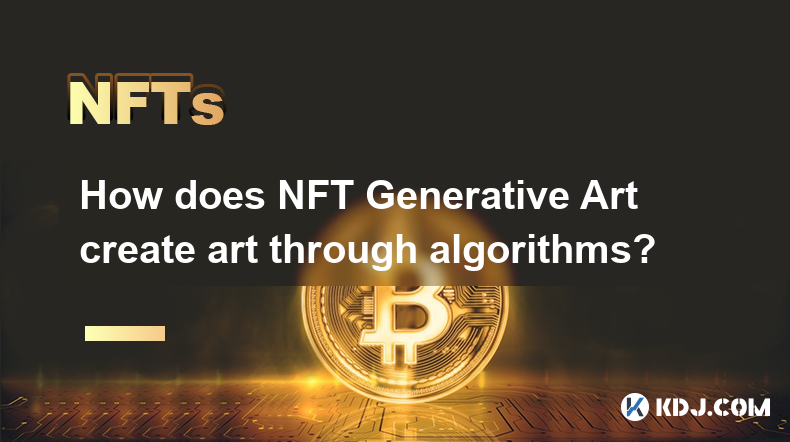
Key Points:
- Generative art uses algorithms to create unique, algorithmically-driven artworks.
- NFTs provide a verifiable ownership record for these unique digital assets.
- Various algorithms, from simple random number generators to complex neural networks, are employed.
- The artist defines parameters, influencing the final artwork's style and characteristics.
- Different platforms and tools facilitate the creation and minting of NFT generative art.
How Does NFT Generative Art Create Art Through Algorithms?
NFT generative art leverages algorithms to produce unique digital artworks. Unlike traditional art, where the artist directly creates each piece, generative art uses code as the creative medium. The artist designs a set of rules and parameters within an algorithm, and the computer then executes these rules to generate the final artwork. This process can result in thousands of unique pieces, all stemming from the same initial codebase. The uniqueness lies in the variability introduced by the algorithm, often incorporating random elements.
The algorithm itself can be incredibly simple or incredibly complex. A basic example might involve randomly assigning colors and shapes within a defined canvas. More sophisticated algorithms might utilize machine learning models trained on existing artwork to generate new pieces in a specific style. The possibilities are vast and constantly evolving with advancements in AI and coding techniques.
The Role of Algorithms in NFT Generative Art
The core of NFT generative art lies in the algorithm. It acts as the creative engine, translating the artist's parameters into a visual form. The artist's role shifts from direct creation to designing the algorithm's parameters, controlling aspects such as color palettes, shapes, textures, and overall composition. This allows for a level of artistic control while simultaneously embracing the element of surprise inherent in algorithmic processes. The final output is often unpredictable, even to the artist, adding to the excitement and uniqueness of each generated piece.
The choice of algorithm significantly impacts the final artwork. Simple algorithms might produce abstract, almost chaotic results, while more complex ones can create intricate and highly detailed pieces. Some artists use deterministic algorithms, meaning the same input always produces the same output, while others incorporate randomness to ensure every generated piece is truly unique.
Parameters and Their Influence on the Artwork
The artist's control over the final artwork is exerted through the parameters they define within the algorithm. These parameters act as variables, shaping the aesthetic characteristics of the generated art. For instance, an artist might define a parameter controlling the number of shapes in the artwork, another controlling the color palette, and yet another dictating the level of complexity or randomness.
Modifying these parameters allows the artist to fine-tune the style and characteristics of the generated art. This process can involve extensive experimentation and iteration, as the artist explores different parameter combinations to achieve their desired aesthetic. The ability to adjust these parameters is crucial in refining the artistic vision and achieving the desired output. The subtle interplay of parameters allows for a surprising amount of creative control within the framework of algorithmic generation.
Platforms and Tools for Creating NFT Generative Art
Several platforms and tools cater to the creation and minting of NFT generative art. These platforms often provide user-friendly interfaces that allow artists to design algorithms without extensive coding knowledge. They may offer pre-built templates or modules, simplifying the process of creating complex generative art. Many also integrate directly with NFT marketplaces, streamlining the process of minting and selling the generated artwork.
These platforms often offer features like previewing generated artwork, allowing artists to test different parameters before committing to a large-scale generation. They might also include tools for managing the metadata associated with each NFT, ensuring that each piece is properly identified and described. The accessibility of these platforms has significantly lowered the barrier to entry for artists interested in exploring the world of NFT generative art.
Minting and Selling NFT Generative Art
Once the generative art is created, it needs to be minted as NFTs on a blockchain. This process involves creating a unique digital token representing ownership of the artwork. Popular blockchains used for minting NFTs include Ethereum and Solana. The minting process involves uploading the artwork and its metadata to the blockchain, creating a verifiable record of ownership.
Following minting, the NFT can be listed for sale on various NFT marketplaces. These marketplaces allow buyers to browse, discover, and purchase NFTs. The price of NFT generative art can vary widely depending on factors like the artist's reputation, the complexity of the algorithm, and the perceived aesthetic value of the generated pieces. The market for NFT generative art is dynamic and constantly evolving.
Common Questions and Answers:
Q: What programming languages are typically used for creating generative art algorithms?
A: Popular choices include Processing, p5.js (a JavaScript library), Python (with libraries like Pycairo or OpenSCAD), and even more specialized languages like GLSL (for shader-based generation). The choice depends on the artist's preference and the complexity of the desired algorithm.
Q: Can anyone create NFT generative art?
A: While some coding knowledge is beneficial, many platforms offer user-friendly interfaces that require minimal coding experience. Artists can leverage pre-built templates and tools to create impressive generative art without needing to be expert programmers.
Q: How is the uniqueness of each NFT generative art piece ensured?
A: Uniqueness is primarily ensured through the incorporation of randomness within the algorithm. Each time the algorithm runs, the random number generator produces different values, leading to a unique output. Deterministic algorithms can also create unique pieces by using different inputs or parameters. The blockchain itself verifies the uniqueness of each NFT token.
Q: What are the legal implications of creating and selling NFT generative art?
A: Legal considerations include intellectual property rights, licensing, and the terms of service of the platforms used. Artists should carefully consider these aspects before creating and selling their work. Consulting with a legal professional specializing in intellectual property is advisable.
Q: How is the value of NFT generative art determined?
A: The value is subjective and influenced by several factors, including the artist's reputation, the aesthetic appeal of the artwork, the complexity and innovation of the algorithm used, the rarity of the piece within a collection, and overall market trends and demand.
Disclaimer:info@kdj.com
The information provided is not trading advice. kdj.com does not assume any responsibility for any investments made based on the information provided in this article. Cryptocurrencies are highly volatile and it is highly recommended that you invest with caution after thorough research!
If you believe that the content used on this website infringes your copyright, please contact us immediately (info@kdj.com) and we will delete it promptly.
- "Cardano (ADA) Price Could Dip Below $0.60, Following Previous Market Cycle"
- 2025-04-09 05:10:12
- BONK, the well-known meme coin, has risen over 35% in the last week, attracting meme coin investors in the market. So, what caused this rally?
- 2025-04-09 05:10:12
- Bitcoin (BTC) Investors May Not Exactly Feel It, but BTC Has Been a Relatively Good Bet
- 2025-04-09 05:05:12
- Donald's Bitcoin (DONBTC) Could Turn Early Investors into Multi-Millionaires, Like Shiba Inu (SHIB) and Dogecoin (DOGE) Did
- 2025-04-09 05:05:12
- 6 Upcoming Kraken Listings That Could Be the Next Big Thing in Crypto
- 2025-04-09 05:00:13
- COTI Unveils New Privacy-Focused Blockchain to Reshape Web3 Transactions
- 2025-04-09 05:00:13
Related knowledge
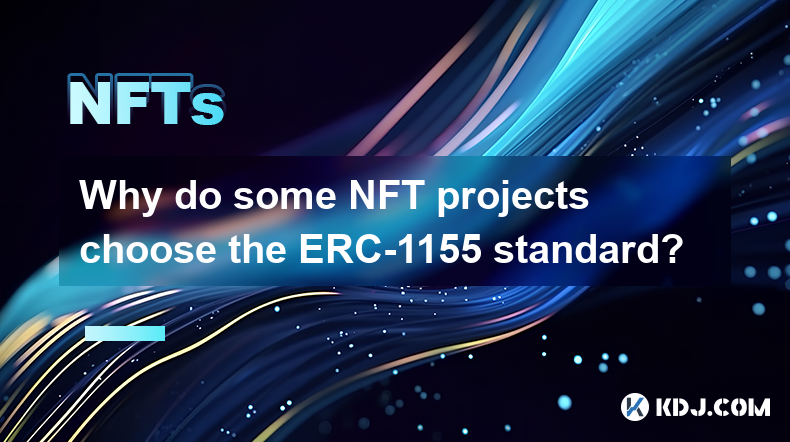
Why do some NFT projects choose the ERC-1155 standard?
Apr 08,2025 at 11:49am
The world of Non-Fungible Tokens (NFTs) has seen a significant rise in popularity and innovation, leading to the development of various token standards. Among these, the ERC-1155 standard has emerged as a versatile and efficient choice for many NFT projects. This article delves into the reasons why some NFT projects opt for the ERC-1155 standard, explor...
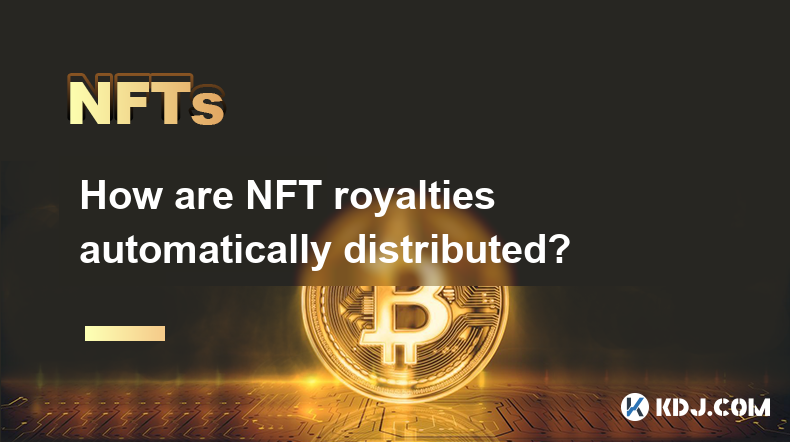
How are NFT royalties automatically distributed?
Apr 08,2025 at 08:14pm
NFTs, or Non-Fungible Tokens, have revolutionized the digital art and collectibles market by providing a way to prove ownership and authenticity of digital assets. One of the most intriguing features of NFTs is the ability to automatically distribute royalties to creators whenever their work is resold. This article will delve into the mechanisms behind ...
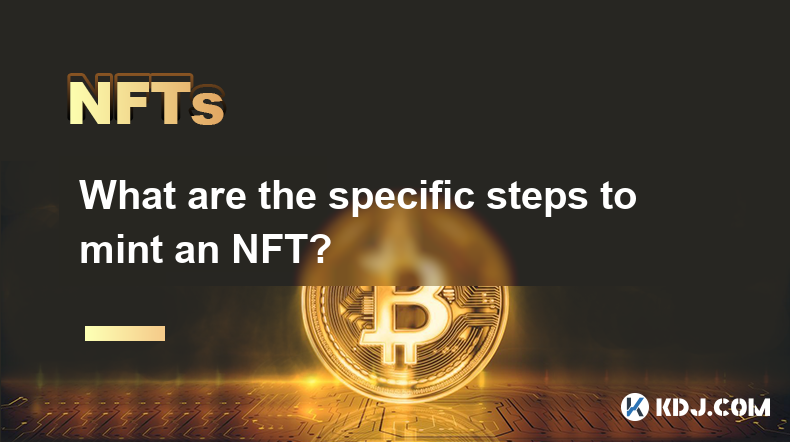
What are the specific steps to mint an NFT?
Apr 08,2025 at 05:22pm
Introduction to NFT MintingMinting an NFT, or Non-Fungible Token, involves creating a unique digital asset on a blockchain. This process allows artists, creators, and collectors to tokenize their work, ensuring its authenticity and ownership. Understanding the steps to mint an NFT is crucial for anyone looking to enter the world of digital collectibles....
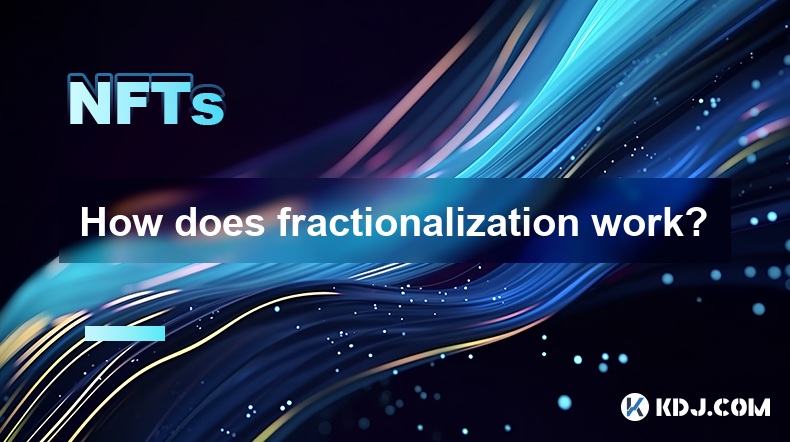
How does fractionalization work?
Apr 08,2025 at 07:42pm
How does fractionalization work? Fractionalization in the context of cryptocurrencies and blockchain technology refers to the process of dividing a single asset into smaller, more manageable pieces. This concept has revolutionized the way investors and users interact with high-value assets, making them more accessible and liquid. In this article, we wil...
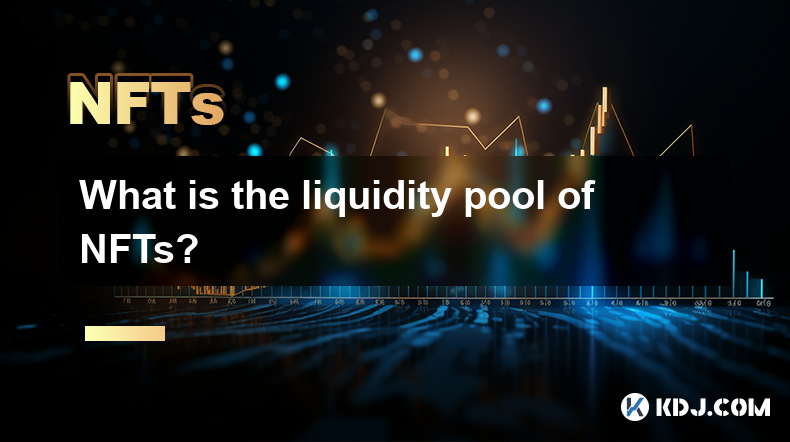
What is the liquidity pool of NFTs?
Apr 08,2025 at 05:35pm
The concept of liquidity pools has become increasingly popular within the cryptocurrency and decentralized finance (DeFi) ecosystems. While traditionally associated with token swaps, the idea has extended to the realm of Non-Fungible Tokens (NFTs). Liquidity pools for NFTs are mechanisms that facilitate the trading and exchange of these unique digital a...

What are the common ways to participate in the NFT whitelist?
Apr 08,2025 at 08:28pm
Participating in an NFT whitelist can be an exciting opportunity for enthusiasts and investors looking to secure their spot in upcoming NFT drops. The whitelist often grants early access or special privileges, such as lower minting fees or guaranteed allocations. Here, we will explore the common ways to participate in an NFT whitelist, detailing each me...

Why do some NFT projects choose the ERC-1155 standard?
Apr 08,2025 at 11:49am
The world of Non-Fungible Tokens (NFTs) has seen a significant rise in popularity and innovation, leading to the development of various token standards. Among these, the ERC-1155 standard has emerged as a versatile and efficient choice for many NFT projects. This article delves into the reasons why some NFT projects opt for the ERC-1155 standard, explor...

How are NFT royalties automatically distributed?
Apr 08,2025 at 08:14pm
NFTs, or Non-Fungible Tokens, have revolutionized the digital art and collectibles market by providing a way to prove ownership and authenticity of digital assets. One of the most intriguing features of NFTs is the ability to automatically distribute royalties to creators whenever their work is resold. This article will delve into the mechanisms behind ...

What are the specific steps to mint an NFT?
Apr 08,2025 at 05:22pm
Introduction to NFT MintingMinting an NFT, or Non-Fungible Token, involves creating a unique digital asset on a blockchain. This process allows artists, creators, and collectors to tokenize their work, ensuring its authenticity and ownership. Understanding the steps to mint an NFT is crucial for anyone looking to enter the world of digital collectibles....

How does fractionalization work?
Apr 08,2025 at 07:42pm
How does fractionalization work? Fractionalization in the context of cryptocurrencies and blockchain technology refers to the process of dividing a single asset into smaller, more manageable pieces. This concept has revolutionized the way investors and users interact with high-value assets, making them more accessible and liquid. In this article, we wil...

What is the liquidity pool of NFTs?
Apr 08,2025 at 05:35pm
The concept of liquidity pools has become increasingly popular within the cryptocurrency and decentralized finance (DeFi) ecosystems. While traditionally associated with token swaps, the idea has extended to the realm of Non-Fungible Tokens (NFTs). Liquidity pools for NFTs are mechanisms that facilitate the trading and exchange of these unique digital a...

What are the common ways to participate in the NFT whitelist?
Apr 08,2025 at 08:28pm
Participating in an NFT whitelist can be an exciting opportunity for enthusiasts and investors looking to secure their spot in upcoming NFT drops. The whitelist often grants early access or special privileges, such as lower minting fees or guaranteed allocations. Here, we will explore the common ways to participate in an NFT whitelist, detailing each me...
See all articles






















































































